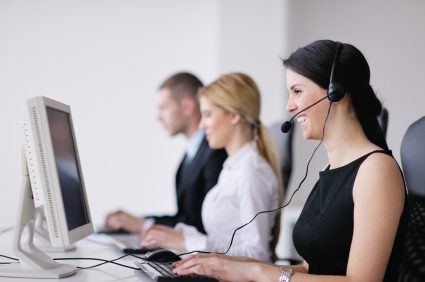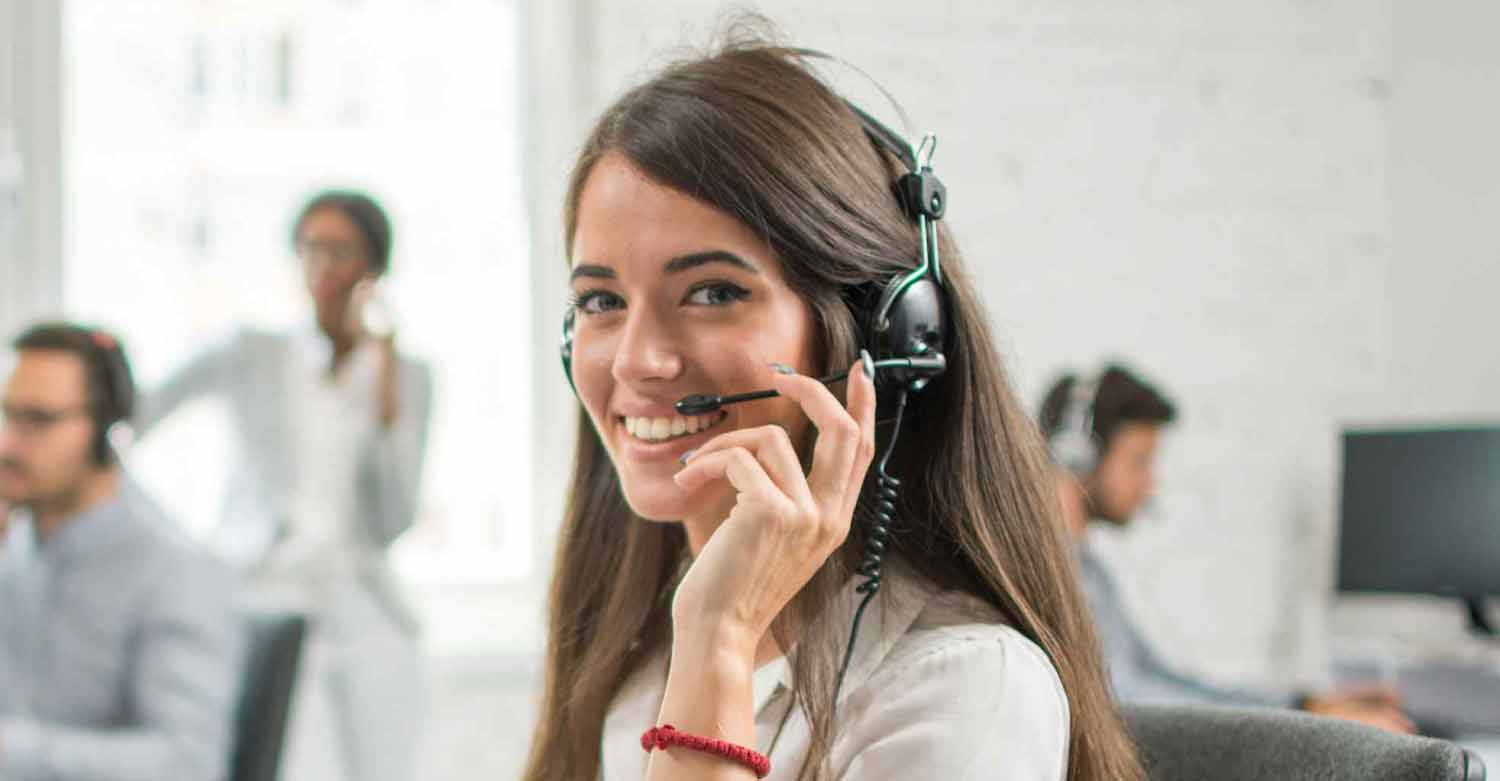All Categories
Featured
Table of Contents
- – How Much Does It Cost To Have A Phone Answering...
- – What's The Best Call Answering Service For Sma...
- – What Is The Best 10 Sectors That Can Benefits ...
- – What Is The Best Phone Call Answering Service...
- – What Is The Best Your Virtual Receptionist: P...
- – Best Telstra Voice Features & Services - Hom...
How Much Does It Cost To Have A Phone Answering Services - Ruby Receptionist Services?
This gadget and its successors were developed by Sava Jacobson, an electrical engineer with a personal consulting organization. While early answering makers used magnetic tape technology, a lot of modern-day devices uses solid state memory storage; some gadgets utilize a mix of both, with a solid-state circuit for the outbound message and a cassette for the inbound messages.
"toll saving" listed below) (business call answering service). This works if the owner is evaluating calls and does not wish to talk with all callers. In any case after going, the calling party must be notified about the call having been responded to (most of the times this begins the charging), either by some remark of the operator, or by some greeting message of the little bit, or addressed to non-human callers (e.
This holds especially for the TADs with digitally stored welcoming messages or for earlier makers (prior to the increase of microcassettes) with an unique unlimited loop tape, separate from a second cassette, devoted to recording. There have actually been answer-only gadgets without any recording capabilities, where the welcoming message had to inform callers of a state of existing unattainability, or e (answering service).
What's The Best Call Answering Service For Small Business In Brisbane

about availability hours. In tape-recording Littles the welcoming generally includes an invitation to leave a message "after the beep". A voice mail that utilizes a microcassette to tape-record messages On a dual-cassette answerphone, there is an outbound cassette, which after the specified number of rings plays a pre-recorded message to the caller.

Single-cassette answering devices contain the outbound message at the start of the tape and inbound messages on the staying area. They first play the announcement, then fast-forward to the next available space for recording, then tape the caller's message. If there are numerous previous messages, fast-forwarding through them can trigger a significant delay.
This beep is often described in the welcoming message, asking for that the caller leave a message "after the beep". Little bits with digital storage for the recorded messages do disappoint this hold-up, of course. A little bit may provide a push-button control facility, where the answerphone owner can call the house number and, by entering a code on the remote telephone's keypad, can listen to recorded messages, or delete them, even when far from home.
What Is The Best 10 Sectors That Can Benefits From A Phone Answering Service On The Market Now

Therefore the maker increases the number of rings after which it answers the call (usually by two, resulting in 4 rings), if no unread messages are currently saved, but answers after the set variety of rings (usually two) if there are unread messages. This permits the owner to discover whether there are messages waiting; if there are none, the owner can hang up the phone on the, e.
Some machines likewise permit themselves to be remotely triggered, if they have actually been turned off, by calling and letting the phone ring a specific large number of times (normally 10-15). Some provider abandon calls already after a smaller sized number of rings, making remote activation impossible. In the early days of Little bits a special transmitter for DTMF tones (dual-tone multi-frequency signalling) was regionally required for push-button control, because the formerly used pulse dialling is not apt to convey suitable signalling along an active connection, and the dual-tone multi-frequency signalling was executed step-by-step.
Any inbound call is not identifiable with regard to these properties in advance of going "off hook" by the terminal equipment. So after going off hook the calls should be switched to suitable devices and just the voice-type is right away available to a human, but maybe, nevertheless need to be routed to a LITTLE BIT (e.
What Is The Best Phone Call Answering Service For The Money
What if I informed you that you do not need to actually get your device when responding to a client call? Somebody else will. So practical, right? Answering phone calls does not need someone to be on the other end of the line. Effective automated phone systems can do the trick simply as efficiently as a live representative and in some cases even much better.
An automatic answering service or interactive voice action system is a phone system that interacts with callers without a live person on the line - reception services. When business use this innovation, clients can get the response to a concern about your business merely by utilizing interactions established on a pre-programmed call flow.
Although live operators update the customer support experience, numerous calls do not require human interaction. A basic recorded message or guidelines on how a client can recover a piece of info typically resolves a caller's immediate requirement - call answering services. Automated answering services are a simple and reliable method to direct incoming calls to the ideal person.
What Is The Best Your Virtual Receptionist: Phone Answering Services Deal Out There
Notification that when you call a company, either for assistance or item query, the very first thing you will hear is a pre-recorded voice greeting and a series of choices like press 1 for client service, press 2 for questions, and so on. The pre-recorded choices branch off to other options depending upon the consumer's selection.
The phone tree system helps direct callers to the best person or department utilizing the keypad on a mobile phone. In some circumstances, callers can utilize their voices. It's worth noting that auto-attendant alternatives aren't restricted to the 10 numbers on a phone's keypad. Once the caller has chosen their very first alternative, you can create a multi-level auto-attendant that uses sub-menus to direct the caller to the right type of help.
The caller does not have to interact with a person if the auto-attendant phone system can handle their issue. The automatic service can path callers to a worker if they reach a "dead end" and need help from a live representative. It is costly to work with an operator or executive assistant.
Best Telstra Voice Features & Services - Home Phone To Buy
Automated answering services, on the other hand, are considerably cheaper and provide considerable expense savings at approximately $200-$420/month. Even if you do not have devoted staff to manage call routing and management, an automatic answering service enhances performance by allowing your team to concentrate on their strengths so they can more efficiently spend their time on the phone.
A sales lead routed to consumer service is a lost shot. If a consumer who has product concerns reaches the incorrect department or receives incomplete responses from well-meaning employees who are less trained to deal with a particular kind of question, it can be a cause of disappointment and discontentment. An automated answering system can minimize the number of misrouted calls, consequently helping your employees make much better usage of their phone time while releasing up time in their calendar for other tasks.
With Automated Answering Systems, you can develop a tailored experience for both your staff and your callers. Make a recording of your main welcoming, and merely upgrade it frequently to show what is going on in your organization. You can create as numerous departments or menu options as you want.
Table of Contents
- – How Much Does It Cost To Have A Phone Answering...
- – What's The Best Call Answering Service For Sma...
- – What Is The Best 10 Sectors That Can Benefits ...
- – What Is The Best Phone Call Answering Service...
- – What Is The Best Your Virtual Receptionist: P...
- – Best Telstra Voice Features & Services - Hom...
Latest Posts
Quality Custom Phone Answering Near Me – SA
Proven After Hours Answering Service Near Me ( North Queensland)
Detailed Receptionist Service Near Me – Wollongong
More
Latest Posts
Quality Custom Phone Answering Near Me – SA
Proven After Hours Answering Service Near Me ( North Queensland)
Detailed Receptionist Service Near Me – Wollongong